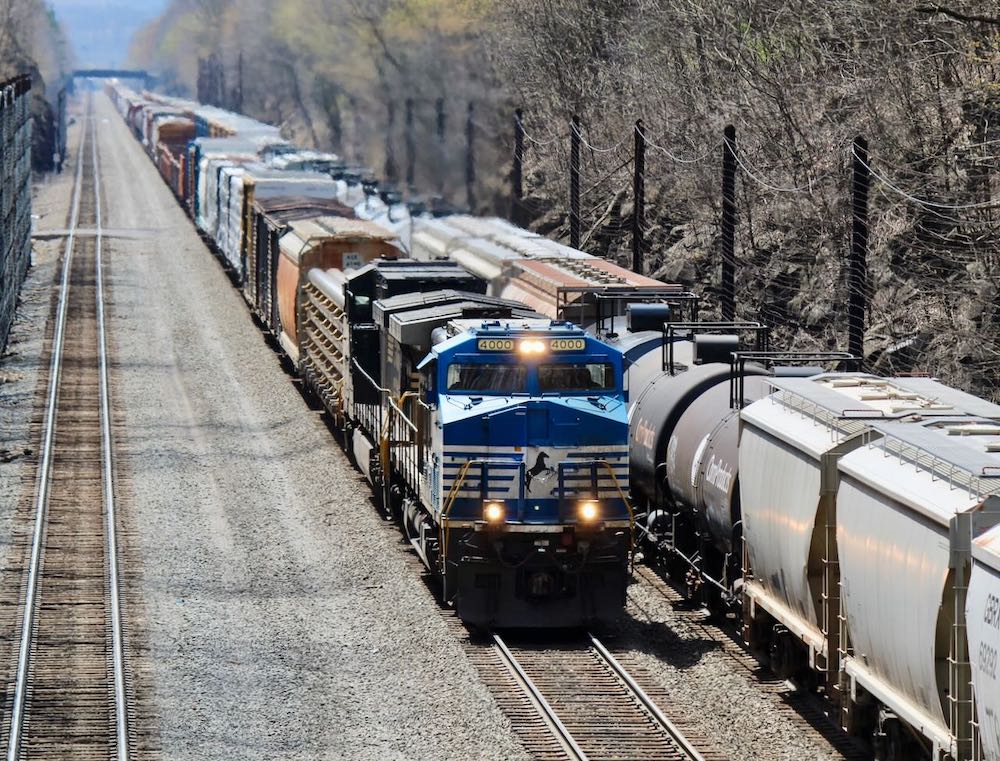
ATLANTA — Norfolk Southern’s operations and service have bounced back from the disruptions created by the Feb. 3 East Palestine hazardous materials derailment and changes the railroad made to its train makeup rules after a March 4 wreck.
“Service is now at levels comparable to our best performance in 2019,” CEO Alan Shaw told investors and analysts on the railroad’s earnings call this morning.
The East Palestine derailment created a bottleneck on the railroad’s Premier Corridor linking Chicago with the East Coast. The former Pennsylvania Railroad main line was reduced to one track while contaminated soil was removed, and trains had to operate at reduced speed through the area while environmental cleanup was under way. Both main line tracks were restored to full operation this month.
“We wasted no time resetting network performance to levels customers expect in this corridor between the Midwest and Northeast,” Chief Operating Officer Paul Duncan says. “We have significantly improved train velocity, dwell, and service across our network to two-year bests resulting from these improvements.”
After the March 4 derailment of a 212-car merchandise train in Springfield, Ohio, NS curtailed train length until it could revise its train makeup rules on a train-by-train and route-by-route basis. That caused significant increases in terminal dwell, slowed the merchandise and bulk networks, and clobbered on-time performance for merchandise shipments.
Shaw says NS delivered on its promise to improve service following the twin setbacks.
Average train speed is up to 21.5 mph this month, a 21% improvement from the low of 17.8 mph set in April. Terminal dwell is averaging 22.6 hours this month, the lowest it’s been since 2019. The number of cars online has returned to normal levels and now stands 9% below the April peak.
The railroad’s latest report to the Surface Transportation Board showed 82% of merchandise cars arriving within 24 hours of the original estimate, and 97% of intermodal shipments meeting the same standard. The merchandise figure stood just above 50% at its lowest point in April.
The service disruptions during the second quarter cost NS an estimated $175 million to $200 million revenue from traffic lost to trucks and other railroads, executives said. That translates into roughly 111,000 carloads, based on the average revenue the railroad receives for each carload.
“Inconsistent service has consequences,” Shaw says. “We’re going to make … excellent service an enduring competitive strength of the NS.”
Shaw has pledged that NS will not furlough train crews during downturns so that the railroad can maintain service and capture available volume when traffic rebounds.
Like BNSF Railway, CSX Transportation, and Union Pacific, NS was caught short of crews when traffic came roaring back after the onset of the pandemic. The crew shortages, now largely solved at CSX and NS, caused widespread service problems across the industry.
Norfolk Southern’s volume has been recovering in recent weeks in line with the railroad’s service improvements.
“What we’re seeing as a result over the last couple of weeks is real strength in our volumes sequentially and also relative to the rest of the industry,” Shaw says.
NS led the industry in growth in nine of the first 10 weeks of the year. Volume began to decline after the East Palestine derailment. But now NS volume growth has outpaced the rest of the industry in nine of the past 11 weeks, Chief Marketing Officer Ed Elkins says.
NS also continued to improve its safety performance during the second quarter. Employee injuries are down 12% for the year to date, while the mainline accident rate improved by 40% compared to last year.
In a note to clients last week, Loop Capital Markets analyst Rick Paterson said that NS’s operations improvements should be sustainable.
NS has not been running well for most of the past 21 months, he notes.
“Over that period, think of the loss of business and all the painful conversations that were necessary with customers, regulators, legislators, and shareholders. All to save a few pennies per share by running lean on crews a few years ago. We’re not singling NS out because the exact same can be said for CSX, UP, and BNSF,” Paterson wrote. “If there’s one good that has come out of this it’s the heightened focus on network resiliency at NS and across the industry. With lessons learned we’re confident we won’t see a near-term repeat of these crew-driven meltdowns as the associated pain should now be seared into institutional memory.”






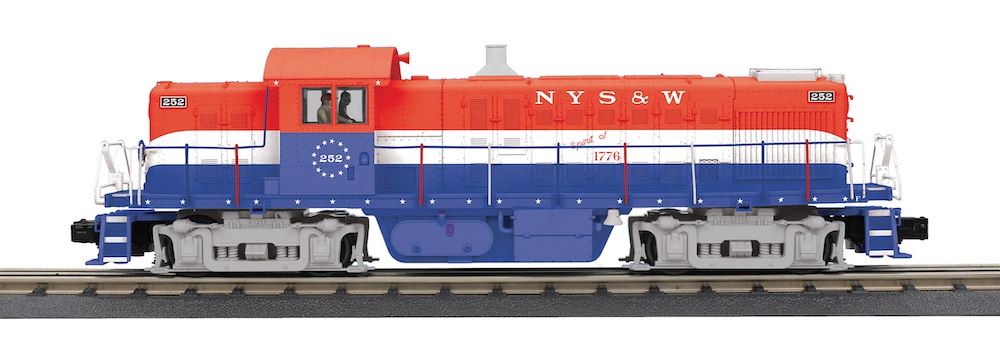
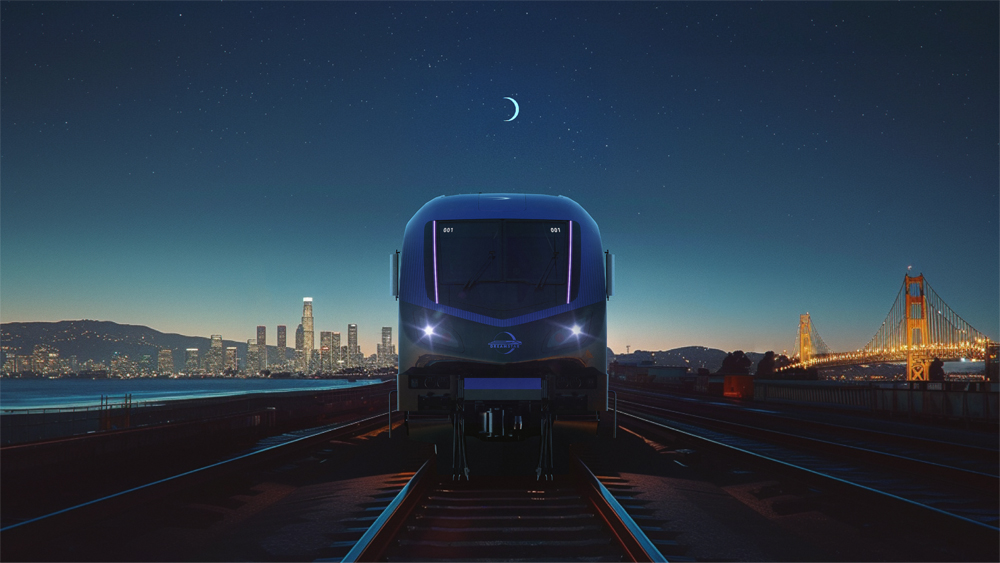
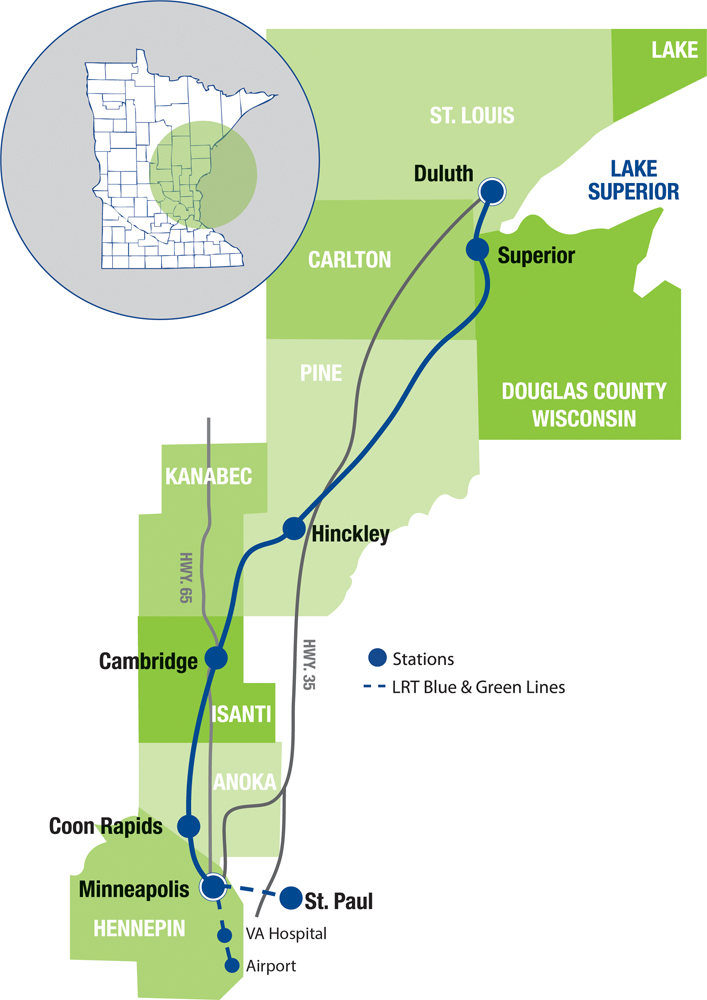
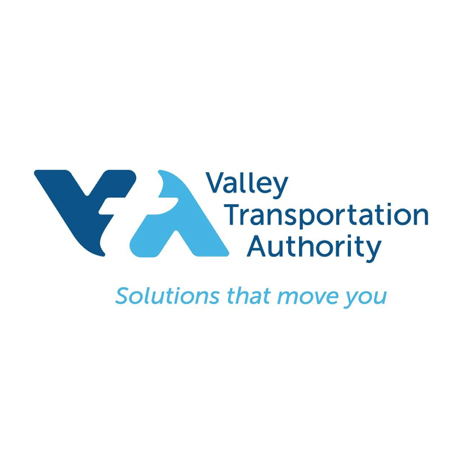




According to NS’s 2022 Annual Report to Investors, at the end of 2022, NS had 19300 employees, 3190 locomotives, and 40470 freight cars. At the end of 2022, the transport of coal made up 14% of the total operating revenue of NS, general merchandise (automotive, chemicals, metals, construction materials, agriculture commodities, consumer products, paper, clay, forest products, and more) made up 57%, and intermodal made up 29% of the total.
Dr. Güntürk Üstün